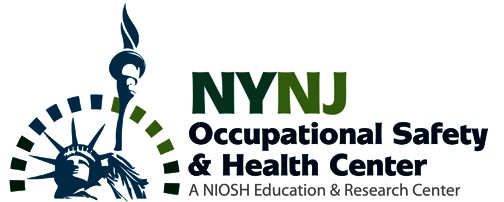We visited Materion in Elmore, OH. They manufacture
beryllium alloys. The tour they provided gave us an opportunity to see their
products manufactured. These include beryllium alloys that are made into strip
coils, wires, and rods, bars, and tubes. They do not manufacture any particular
end-product, but the beryllium alloys materials are included in many of the
products we use and are used across the globe. These include computers and cell
phones, and in the oil and gas, and aerospace industries. Throughout the visit, we saw how they address
safety and health issues of their workforce.
Most of our group were in personal protective equipment, including tyvek
suits, powered air purifying respirators, and hearing protection. They visited areas that had the potential
for exposure. Others visited areas that did not require the use of respiratory
protection.
Wednesday, May 20, 2015
Subscribe to:
Post Comments (Atom)





2 comments:
The tour of the berylium plant gave us a first hand view of the challenges in protecting workers from ultra low quantities of toxic agents. Chronic beryllium disease starts with sensitization of with very low levels of skin contact. Some individuals who become sensitized go on to develop a disease much like sarcoidosis that results in systemic pathology including lung fibrosis. Preventive strategies to prevent skin contact and use of respirators to prevent inhalation in high risk work environments are key to limiting the number of workers who go on to develop chronic beryllium disease. In the future, immunological profiling such as HLA typing may identify those workers at excessive risk.
As Jeff stated above, it is wonderful to know that Materion takes many proactive steps not only to lower the risk of exposures to their employees but they have documentation to prove that these preventive measures have resulted in having very low rates of sensitization among their employees
Post a Comment